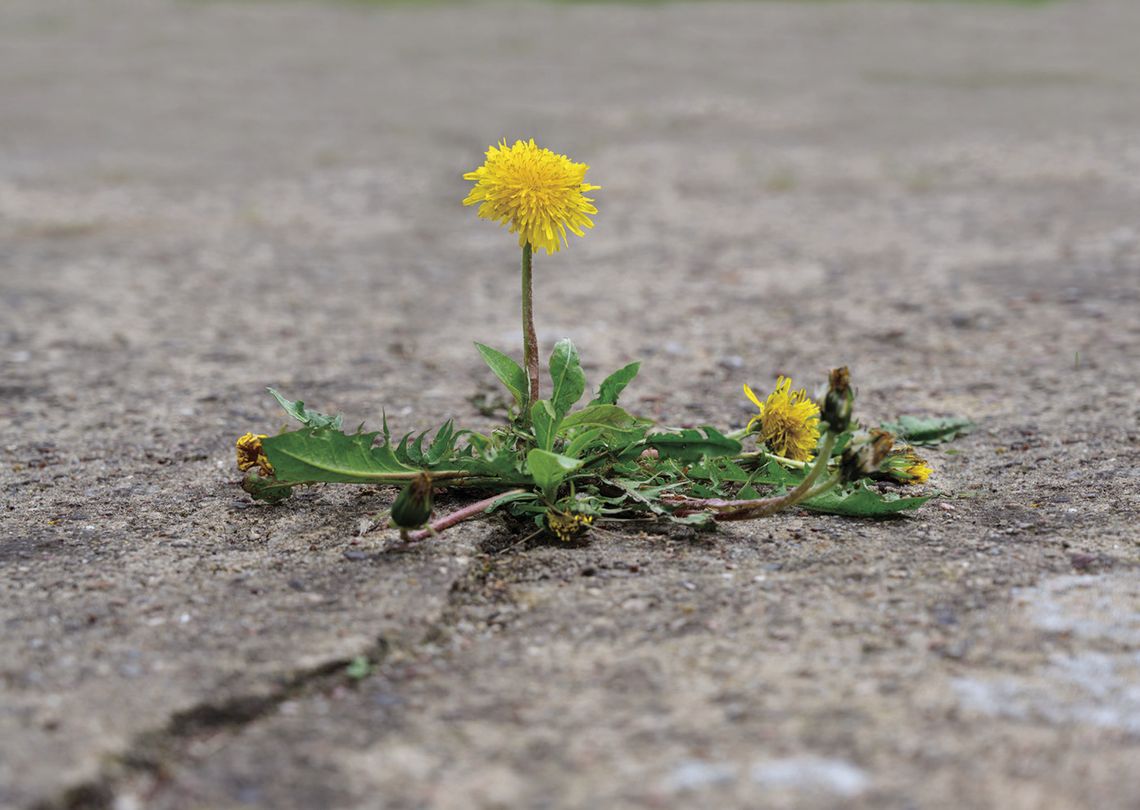During the hot summer days and in time of drought in Texas, gardeners struggle to keep their landscape alive while being good stewards of our limited water supply. To accomplish this goal, the two most important things to consider are what we plant as well as how we water those plants.
Using native or highly adapted plants in the landscape is paramount. Because these perennials and shrubs are accustomed to our weather as well as our soil, they will thrive with less water. As an added bonus, they will require little or no fertilizer and will be less susceptible to disease than non-native or adaptive plants. They have grown here for a long time and flourish in our hot, dry summers with very little maintenance.
If you are new to gardening in this part of the country, resources such as the Texas Superstar booklet published by the TDA, the Grow Green booklet from Austin Watershed, or the Earthkind website from Texas A&M will help you select the appropriate plants to use. The two booklets are available online. If you plant something new in the middle of summer, you will have to water frequently to help it survive, so you may want to use the booklets to plan for a fall planting.
Once your plants are in the ground, proper irrigation practices will allow them to thrive with less water. The optimal time to water is early morning. The cooler temperature will cut down on evaporation and allows time for any water on the leaves to dry out before evening. Damp leaves make the plant more susceptible to disease. It is best to water slowly and to moisten the top 3-4 inches of soil. Use your finger or a popsicle stick to check depth. Watering deeply will encourage the roots to grow away from the surface where the soil is hotter and dries more quickly. This also means that you will not have to water as often. Applying 3 inches of mulch will keep the soil moist longer and keep it cooler.
To use less water, it is important to choose the most efficient irrigation system possible. The emitters present in drip irrigation systems are very effective at getting the water exactly where you want it with very little run-off or evaporation, thus making it 95% efficient. Soaker hoses are almost as good at 90% efficiency. Using relatively inexpensive timers with both these methods means you are not required to always be outside monitoring. Sprinkler systems (75% efficient) and hand watering are the least effective methods of watering. There is more evaporation, runoff, and the risk of disease because the leaves are wet.
With the appropriate plants and proper watering techniques, it is possible to keep your landscape looking good while supporting water restrictions!







